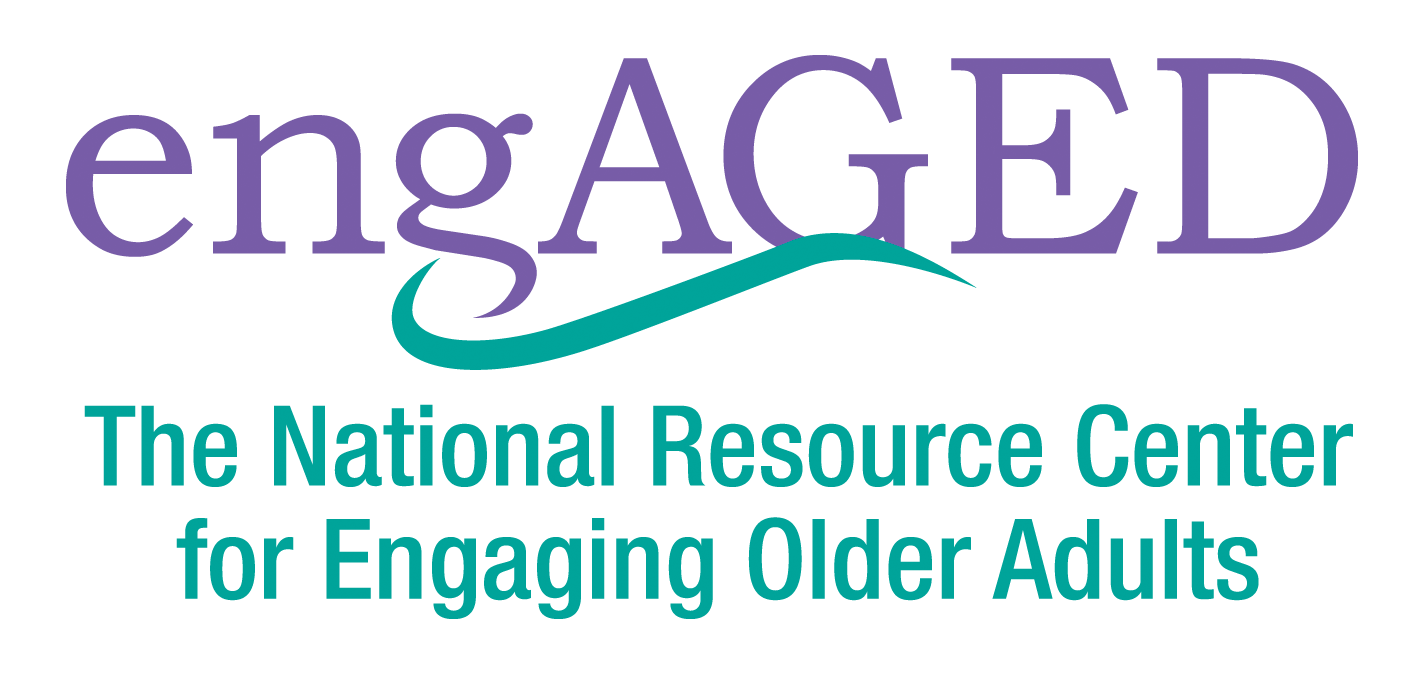Social Engagement Among LGBTQ+ Older Adults: Takeaways from our April Webinar
Our April webinar highlighted considerations and resources to keep in mind when working to reduce social isolation among lesbian, gay, bisexual, transgender, queer or questioning or more (LGBTQ+) older adults. Read on for highlights.
Setting the Stage
It is estimated that by 2030, there will be around seven million LGBTQ+ adults over age 50 living in the United States. LGBTQ+ older adults face unique challenges as they age. For instance, they are twice as likely to be single or live alone, four times less likely to have children and more likely to have faced discrimination, prejudice and social stigma compared to their heterosexual peers. These factors result in a greater risk of social isolation and loneliness, with nearly 60 percent of LGBTQ+ older adults reporting a lack of companionship and more than 50 percent reporting feeling isolated from others (1).
Tips from Our Speakers
Aging Ahead, the Area Agency on Aging (AAA) based in Manchester, MO, and SAGE shared the following tips for aging services organizations interested in developing programs and services for LGBTQ+ older adults:
Build support among staff, volunteers, Boards and Advisory Councils to provide specialized services for LGBTQ+ older adults. The LGBTQ Inclusive Services Readiness Checklist from Aging Ahead, the St. Louis AAA and SAGE’s National Resource Center on LGBTQ+ Aging can help organizations get started.
Update organizational policies and practices to be more inclusive and culturally affirming. Update your materials, website and language to be more affirming and welcoming. This can also help demonstrate your organization’s commitment to working with members of the LGBTQ+ community.
Explore training opportunities for staff and volunteers. SAGECare is one example of a cultural competency training program for organizations serving LGBTQ+ older adults.
Gather feedback by holding focus groups or conducting surveys with LGBTQ+ older adults around needs, including social engagement interests. Incorporate feedback received into organizational planning. Aging Ahead shared a survey that it uses to capture real-time data and programming interests.
Identify potential partners in your area and invest time in building relationships and networking. Consider forming an alliance or coalition focused on serving LGBTQ+ older adults to share best practices around helping LGBTQ+ older adults stay engaged and connected.
Invite LGBTQ+ older adults to serve as volunteers. This can help reduce mistrust, bridge the gap to connect other LGBTQ+ older adults with services and supports, reduce social isolation of LGBTQ+ volunteers and provide volunteers with a sense of purpose.
Remember that social isolation may look different for each consumer. Conversations with consumers can help with identifying intersections among race, ability, age, sexual orientation and gender identity. This information can also help your organization’s staff better understand the challenges, needs and interests of the LGBTQ+ community.
Additional Resources
SAGE operates several programs that organizations can share with the LGBTQ+ older adults they serve, including SAGEConnect (phone buddy program) and the SAGE National LGBT Elder Hotline. SAGE’s National Resource Center on LGBTQ+ Aging provides a variety of data, publications, fact sheets, guides and assistance for organizations.
To learn more about social engagement among LGBTQ+ older adults, listen to the webinar recording and view the webinar slides.
